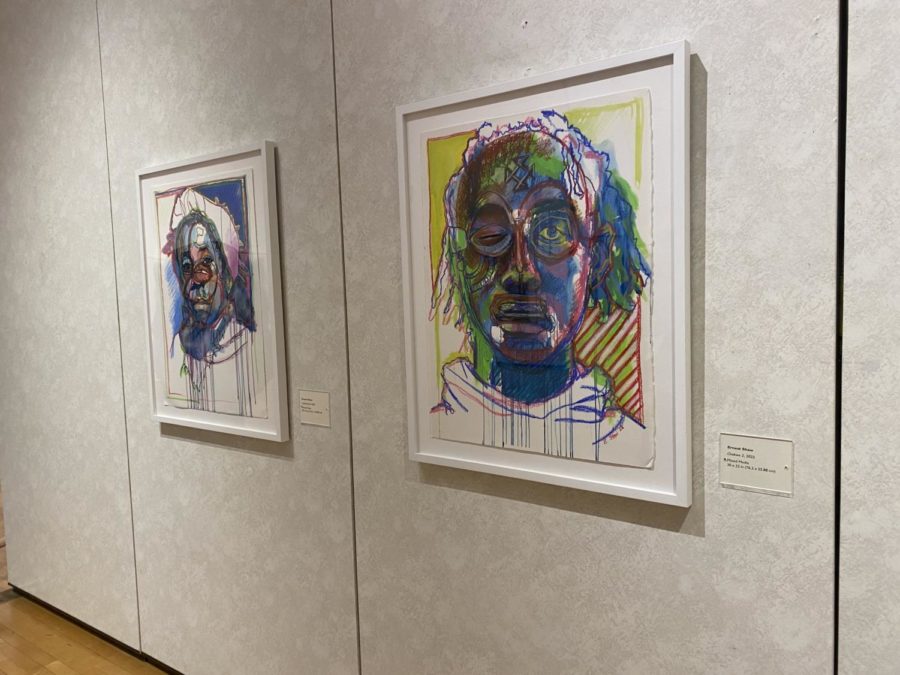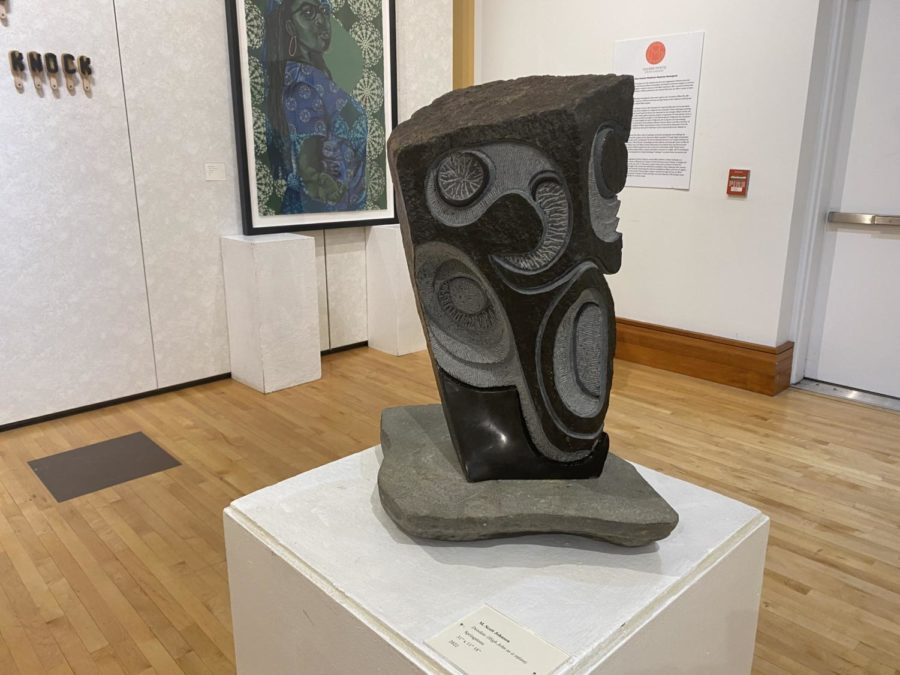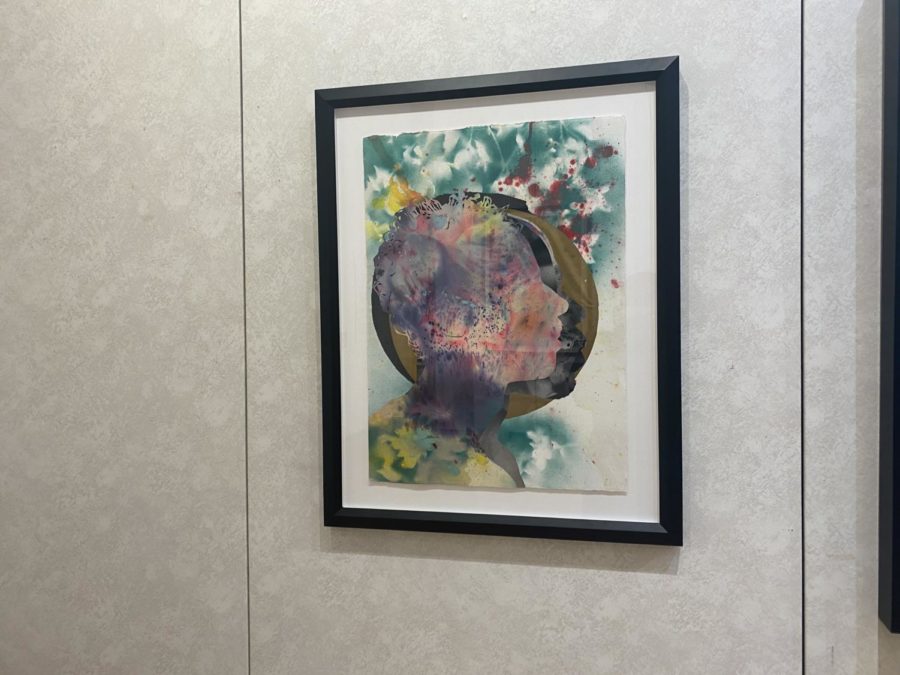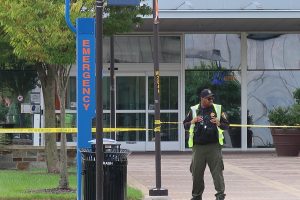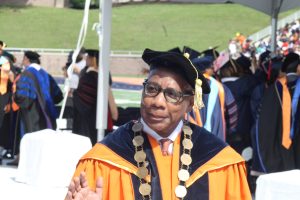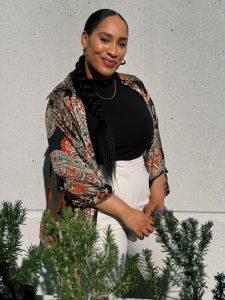Historical Italian art exhibition hosted at Morgan State
The Italian Cultural Institute brings Black History Month Florence Association’s exhibition to Morgan’s James E. Lewis Museum of Arts.
Ernest Shaw’s work in the Black History Month Florence Association’s exhibition at Morgan State’s James E. Lewis Museum of Arts.
March 5, 2023
Morgan State University is hosting an Italian art exhibition organized by the Black History Month Florence Association called “The Recovery Plan: Alle porte coi sassi.”
The Recovery Plan exhibition came from Venice, Italy and made its breakthrough appearance in the United States at Morgan’s James E. Lewis Museum of Arts (JELMA) and the Martin D. Jenkins Behavioral and Social Sciences Center. The exhibition is free and open to the public until Mar. 31.
Morgan State is the only HBCU in the country that offers an Italian program, hence the university’s selection as the home of The Recovery Plan. The exhibition is fully funded by the Italian government via the Italian Culture Institute in Washington D.C.
“I feel that it is very important to broaden the understanding brought of what being Italian means and what Italian culture can be,” said Elettra La Duca, director of the Italian Culture Institute.
“As you can see, I am not Black, but I would like to use my position of privilege as director of the Italian Cultural Institute to amplify Black voices and other voices that are not usually part of the conversation when we talk about Italian culture,” she added.
The Recovery Plan exhibition reflects on underrepresented fragments of Black history in the Italian context.
“This [the exhibition] also creates a space for research and practical opportunities for students to expand their understanding of the African diaspora and also of Europe,” said Nicolino Applauso, an Italian professor at Morgan State.
“Afro-Italians are actively involved in recreating, reimagining, and remapping the whole European continent which was never connected to one single ethnicity,” said Applauso.
JELMA curator Schroeder Cherry, explained the subtitle “Alle porte coi sassi” is Italian for “stones against the door” which roots back to medieval times in Florence when a stone wall was built around the city and the gates would close in the evening before African plantation workers could make it back. The plantation workers would throw stones against the gate to get back into the city.
Cherry said the contemporary artists took the metaphor as their way of throwing stones against the wall of an “Italian nest.”
Cherry said, “Open the door, let us in, let in these African images because we are a part of Italy.”
An open reception was held on Feb. 23, at JELMA where students and visitors were welcomed to view the exhibition along with the rest of the JELMA museum. Tawny Chatmon and Scott Johnson are artists whose pieces were featured in “The Afro-Futurist Manifesto: Blackness Reimagined ” exhibit.
Chatmon told The Spokesman that she was proud of her art being displayed in a HBCU museum. She feels that her art piece is at home.
“We’re [Black people] valuable, we’re to be celebrated, we’re beautiful, we’re amazing. We belong on museum walls. We belong in the forefront, not the background,” Chatmon added.
Morgan is the second HBCU to display Johnson’s work in their exhibit, with Hampton University being the first. He is well known for his abstract expressionist style that allows him to create sculptures based on shapes, sounds, and movements.
“You can’t really pick up distinct forms in it [the art piece], but it’s gon touch you in a different way than it touches the next person,” said Johnson.

